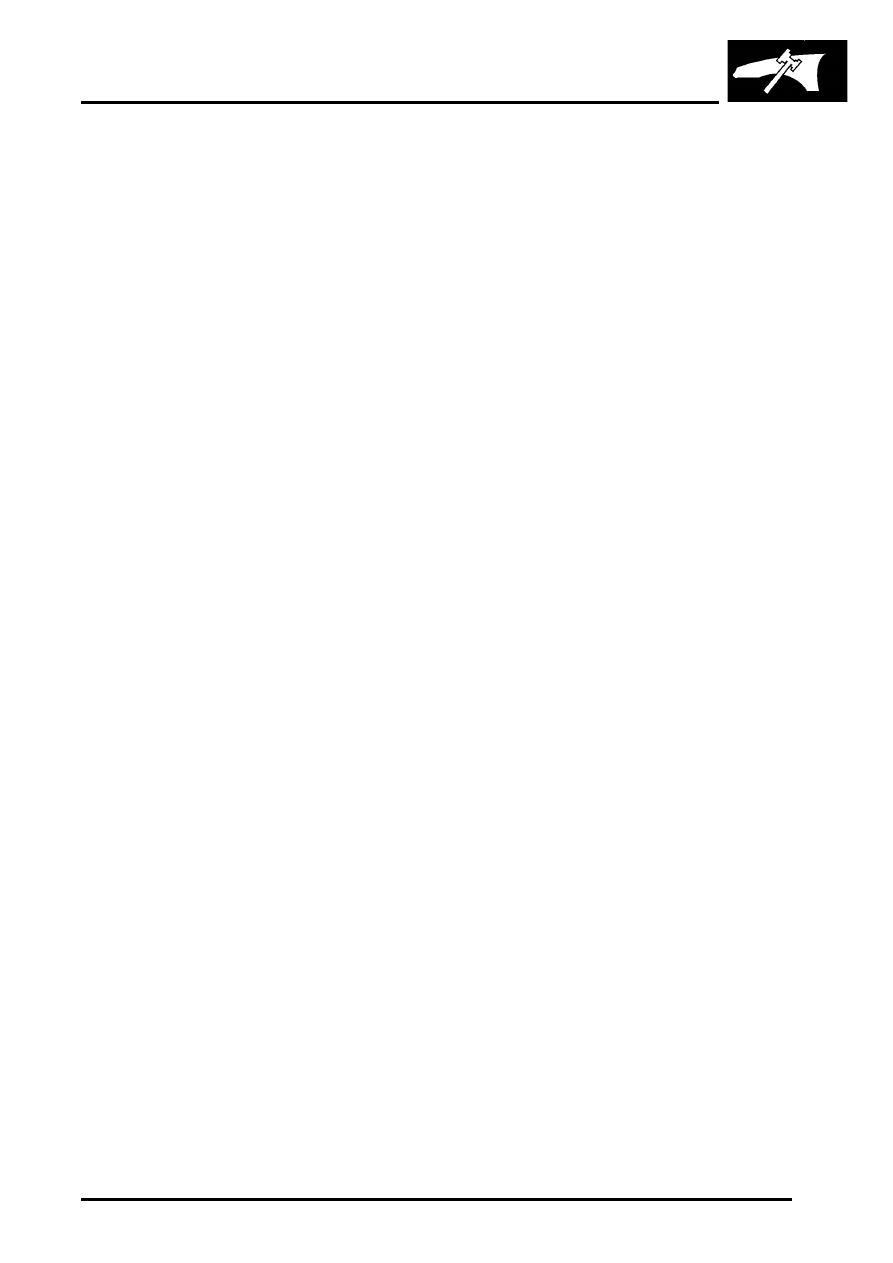Freelander 1. Manual - part 234

BODY DIMENSIONS
BODY GAPS AND PROFILES 77-1-19
The tolerance for sections E-E and F-F is
±
1.0 mm (0.040). The other dimensions all have a tolerance of
±
0.5 mm
(0.020).
Section D-D, if the wing has been exposed to oven curing set gap to 4.4 mm (0.173) to enable subsequent expansion.
Section G-G, profile of wing to front door is 0.0 nominal, tolerance +1.0 (0.040) / -0.0.
Section H-H and J-J, profile of front door frame to body is -2.5 mm (0.098) nominal, tolerance +0.0 / -1.0 mm (0.040).
Section K-K and L-L, profile of front door to rear door is 0.0 nominal, tolerance +0.0 / -1.0 mm (0.040).
Section N-N and P-P, profile of rear door to body is 0.0 nominal, tolerance +1.0 (0.040) / -0.0.